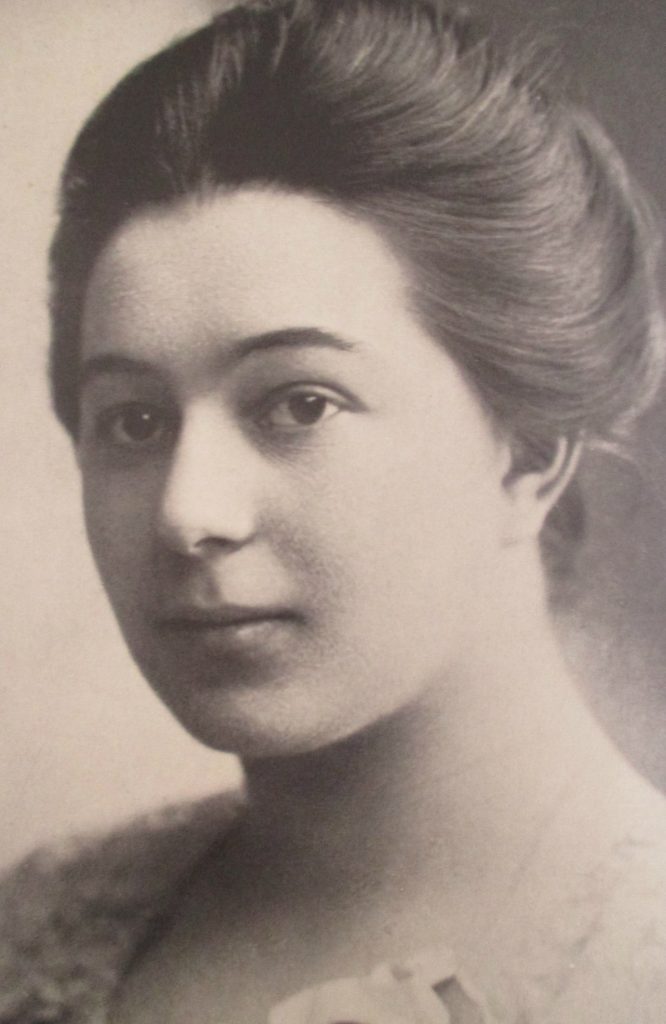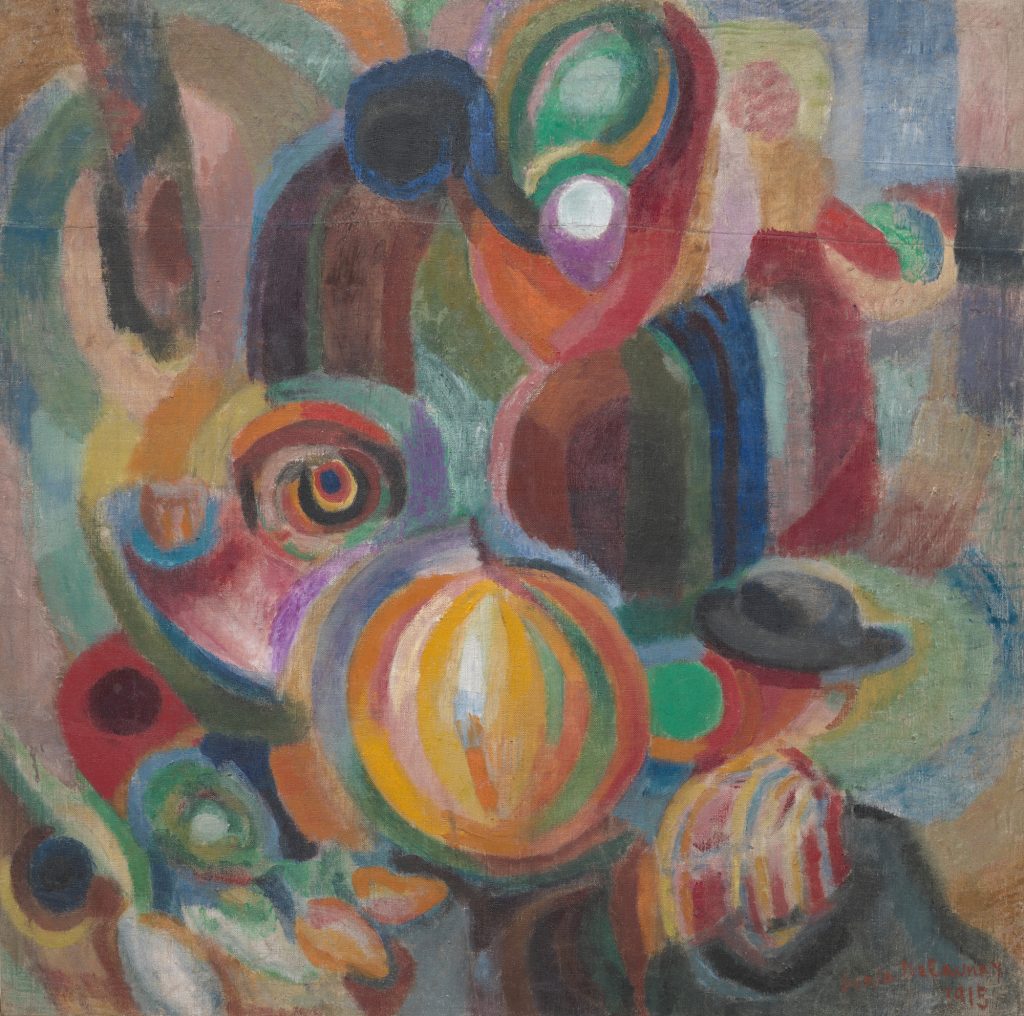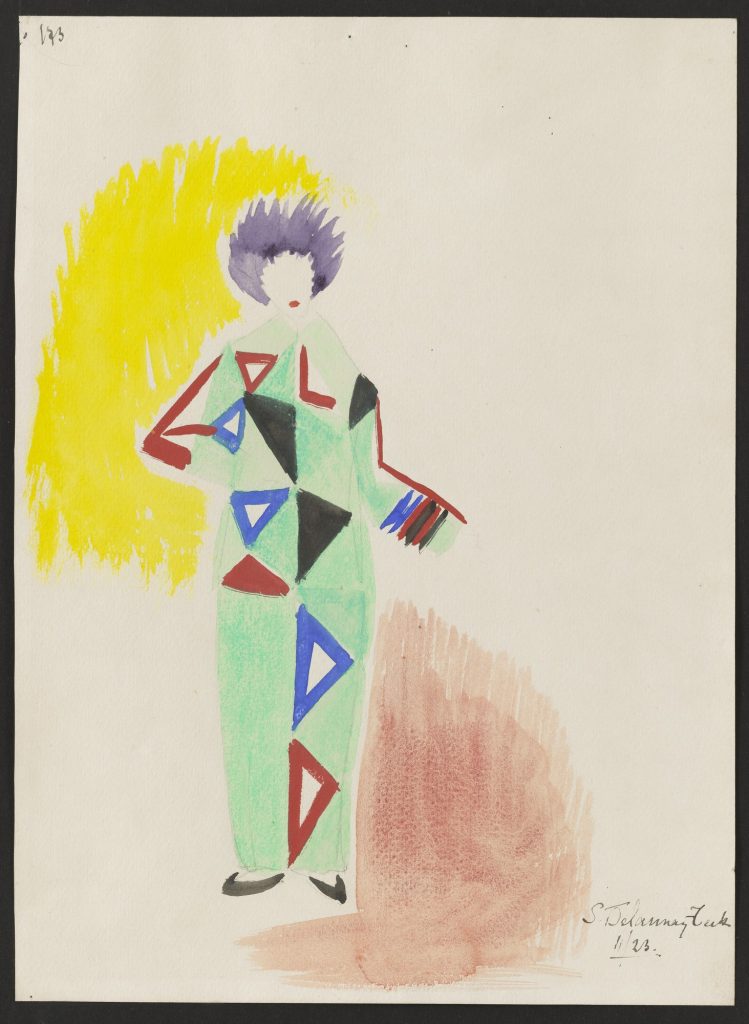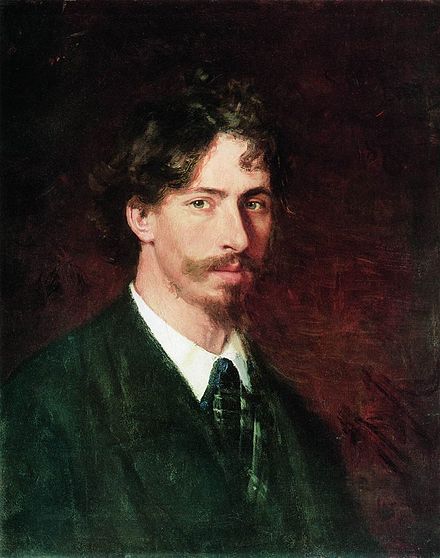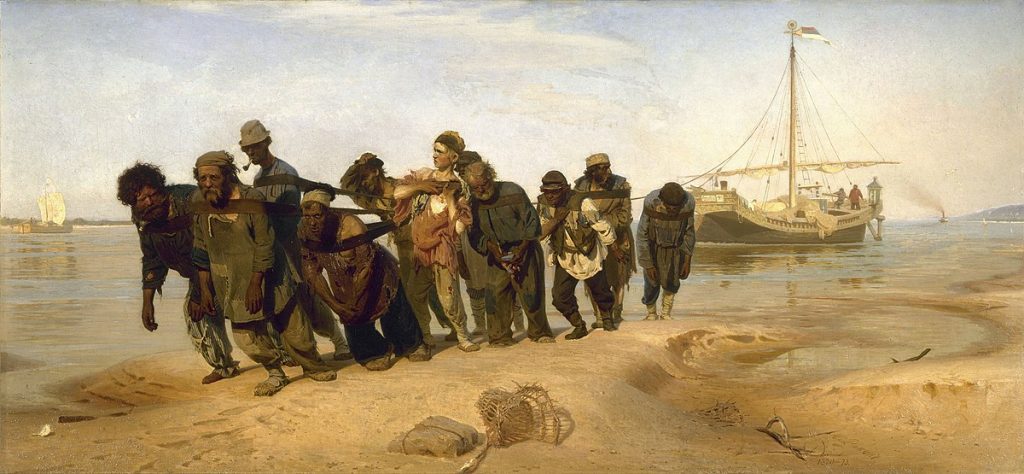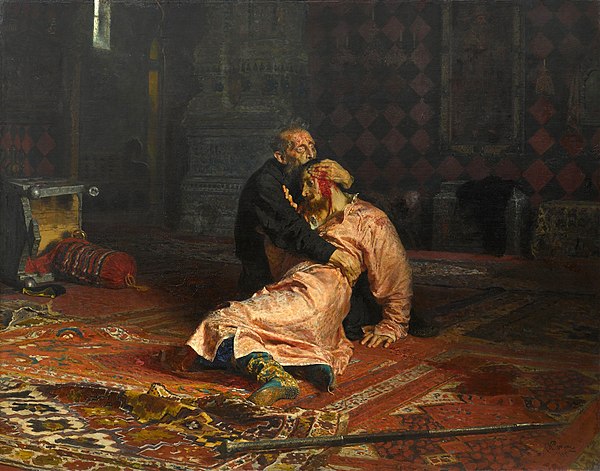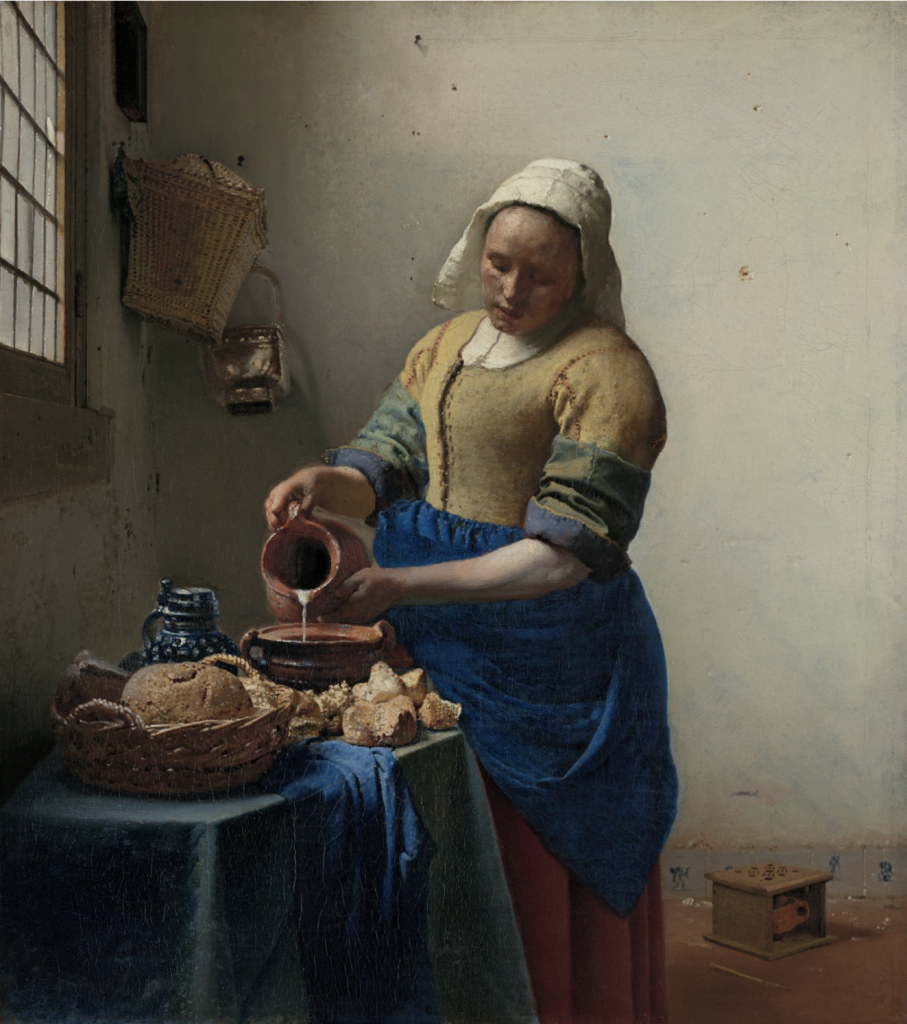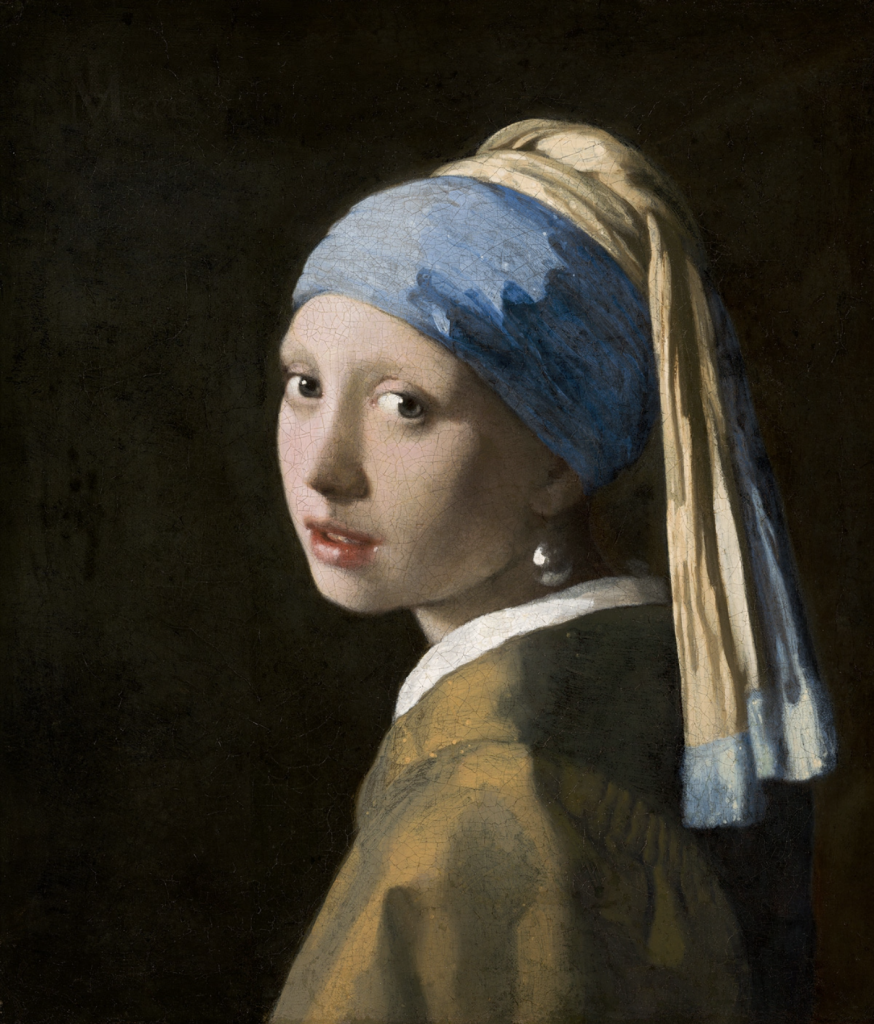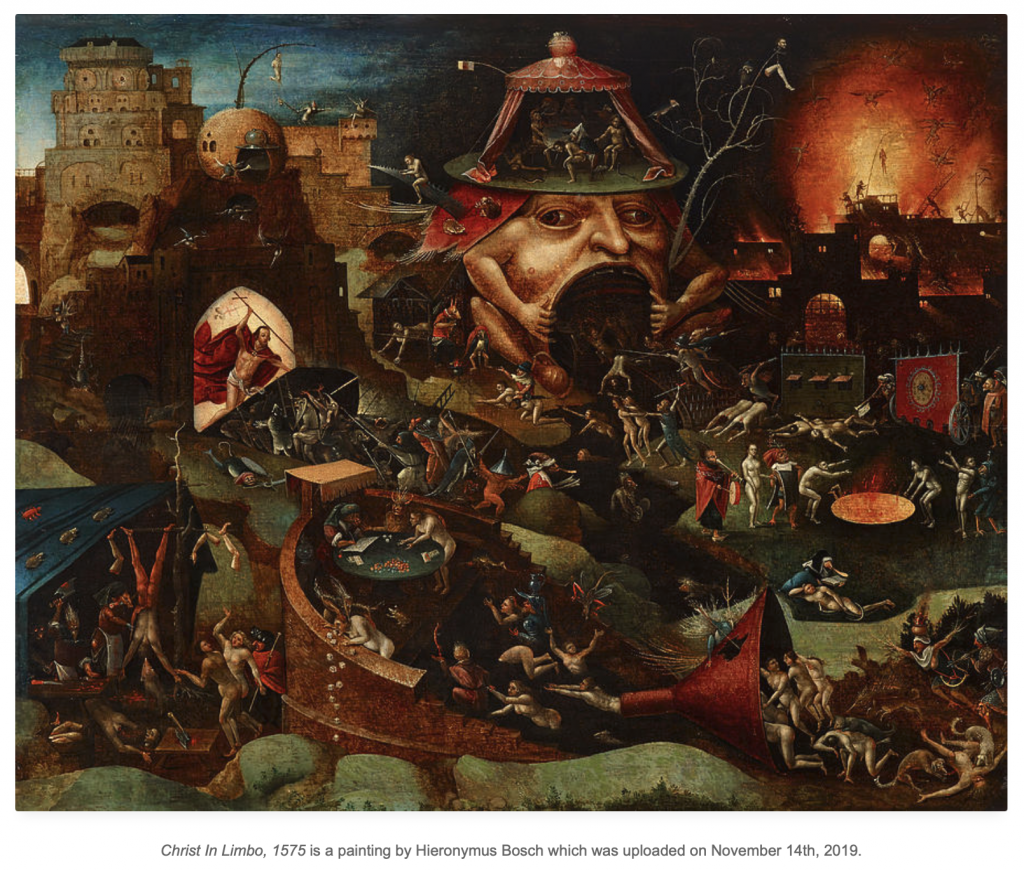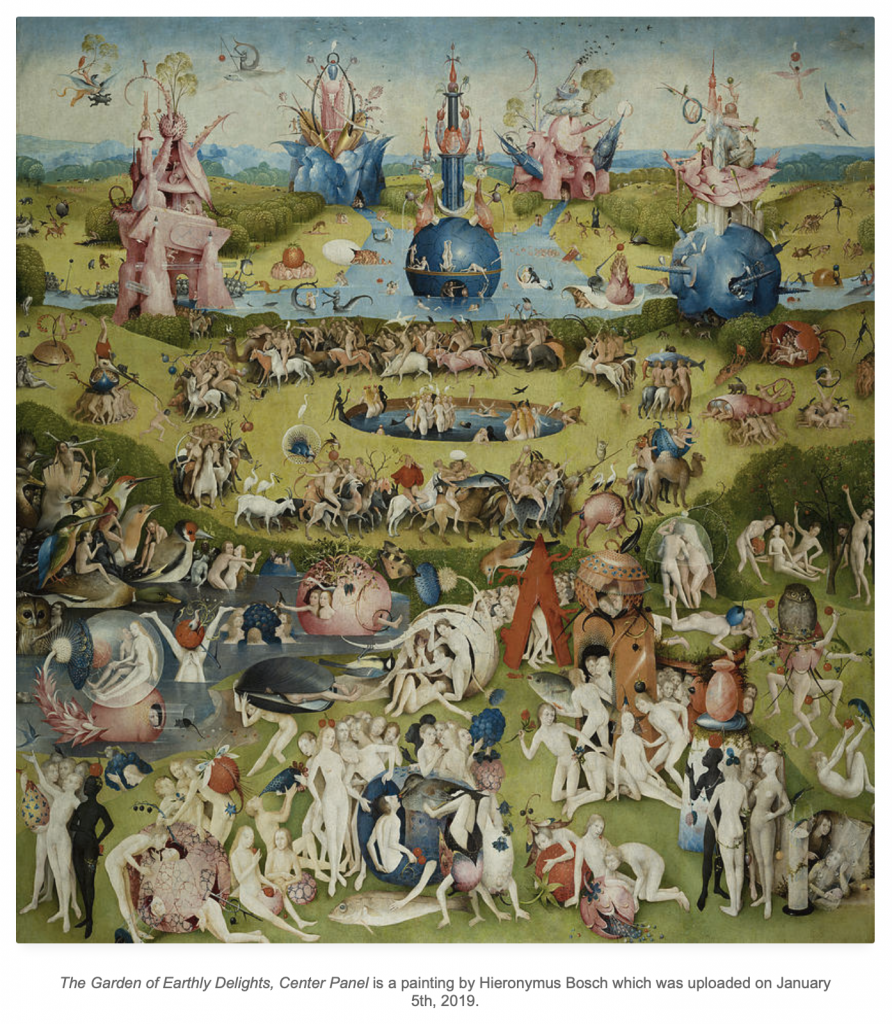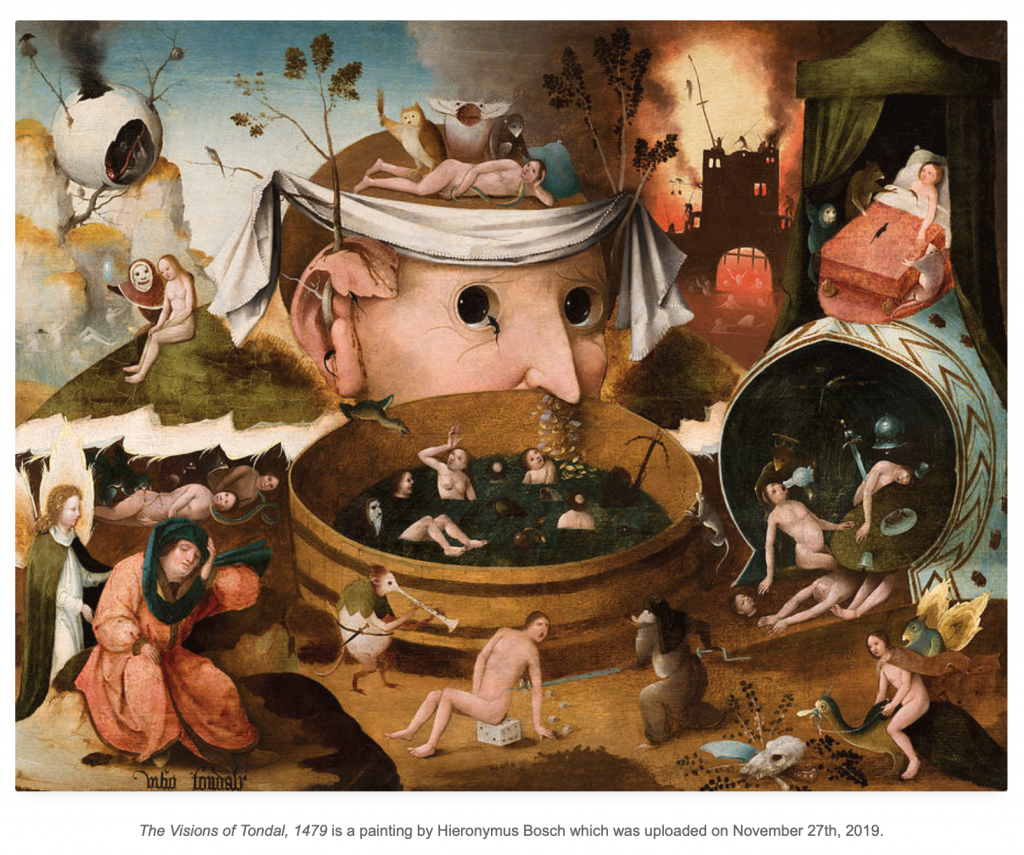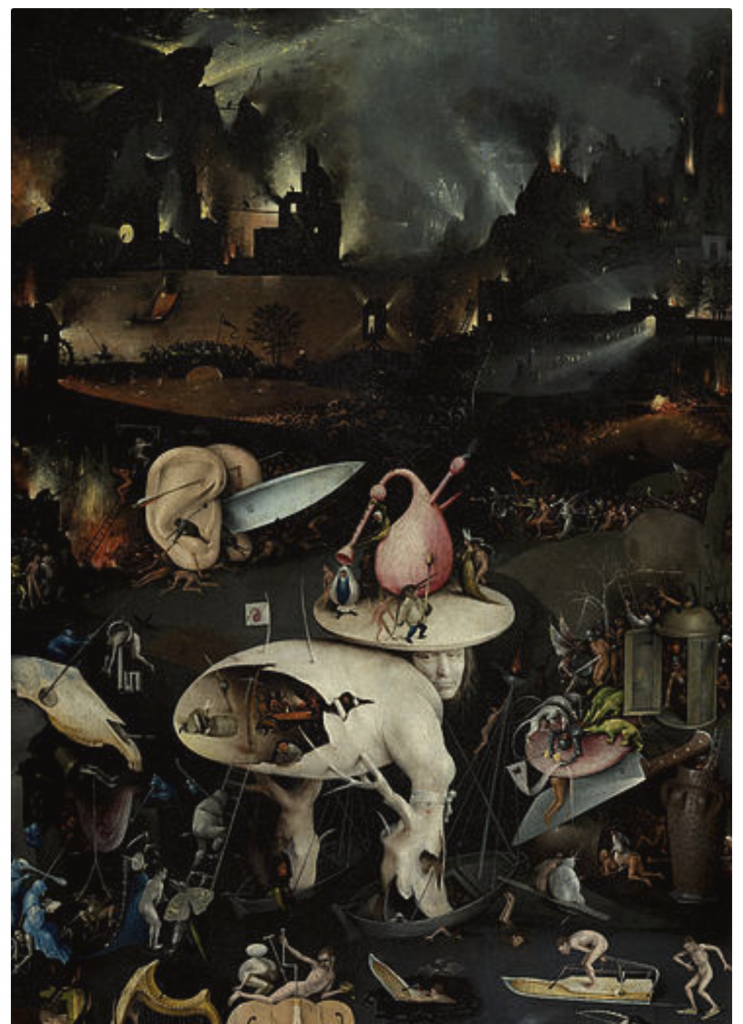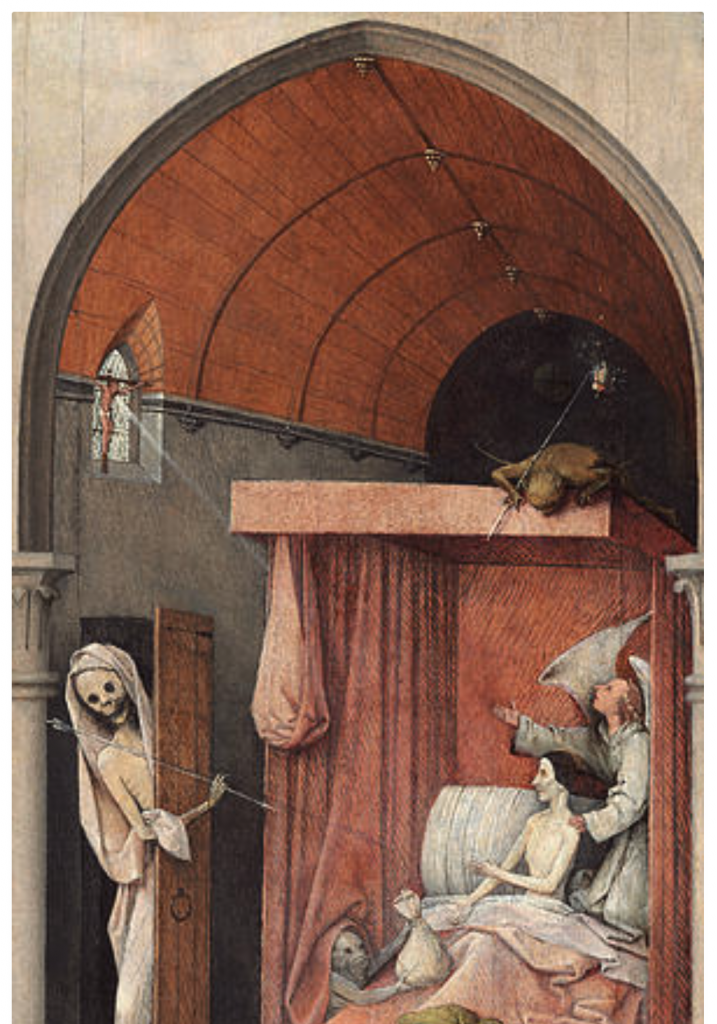“Vassiliev’s principal themes, which were born while he was in Russia and continue to the present day, are his memories of home and houses, roads, forests, fields, friends, and family. Vassiliev always starts his creative process from very personal memory, from his sacred space, the safeguarded inner center, and connects it with the visual image. Vassiliev masterfully incorporates elements from different times and spaces and arranges them throughout his paintings according to the logic and ‘energetic’ space of the painting”, 2004: Ye. Petrova, N. Kolodzei, et al., Oleg Vassiliev: Memory Speaks: Themes and Variations, St Petersburg: Palace Editions, Moscow, Russia.

Oleg Vasiliev was born on November 4, 1931, in Moscow. Since childhood, he loved to draw, initially – to sketch from postcards. Having entered the Tretyakov Gallery (Russia) for the first time, the future artist became its regular visitor. In 1952-1958 he studied at the graphic (although he dreamed of getting into the painting) faculty of the Moscow State Art Institute named after V. I. Surikov. But in the academic school of painting, Vasiliev did not find ways of artistic expressiveness, consonant with his own inner vision of the world. After graduating from the institute, he continues his creative search and turned to the experience of the Russian avant-garde of the 1920s.
In the early 1990s, a strong interest in the art of Soviet nonconformist artists arose in the West, and Vasiliev, as a brilliant representative of this art, flew to the United States, where his personal exhibition was successfully held, and since then, the artist has emigrated to the United States (died on January 26, 2013, in New York, USA).

“For the first time, I saw in nature reflections of the light and understood the laws of energy in the white canvas during our trip, together with Eric Bulatov, to the North of Russia on island Anzer in the White See. A House of the Island Anzer, 1965, is the first painting that I decided to sign as my own. I consciously put aside everything and began to work on the interactions of the surface space in the canvas. That was the beginning of my so-called “abstractionist period,” – Oleg Vassiliev.
“By the early 1960s, Favorsky’s theories about physics for color and the movement of color through space had led Vassiliev to a series of experiments that culminated with the House on the Island Anzer in 1965. With the House on the Island Anzer, Vassiliev found his voice. “It was the first time I realized that this was mine. These were not Falk’s ideas, not Favorsky’s. This was mine.” The quote is from Amei Walach (OlegVassiliev: The Treachery of Memory, the Space of Light in “Oleg Vassiliev Memory Speaks”), and I personally think that it in its deepest way reflect the importance of this piece to the artist and his background, because it reflects the beginning of his creative and truly unique path as a person who found the important knowledge and experience.
As for me, it reflects so much at one moment, even though it is ably made in its minimalistic transitions and forms. The spectrum of the colors in it is so active and intense that they translate what the artist felt at that moment yourself because colors in the most masterful way give us the idea and feeling of the atmosphere of what the artist wanted us to see.

“The work of Oleg Vasiliev resembles a road, a path where each step opens another dimension of reality. By its storyline, it is really connected with the theme of the road that an artist, a person must walk along in order to discover himself and his future possibilities. Steppe or forest, highway or path – this road determines human destiny, full of uncertainty and expectations” was meditating about the works he infused Vitaly Patsyukov. And again, this is an accurate interpretation of the experience and knowledge which the artist wanted to explore and in the end give to humanity because this is exactly what he wanted to evoke in people’s minds. He certainly did a great job with that!
Sources:
https://en.wikipedia.org/wiki/Oleg_Vassiliev_(painter)#cite_note-2
https://www.artsy.net/artist/oleg-vassiliev
https://www.saatchigallery.com/artist/vassiliev_oleg_breaking_the_ice
https://www.sothebys.com/en/auctions/ecatalogue/2018/russian-paintings-online-n09913/lot.14.html
